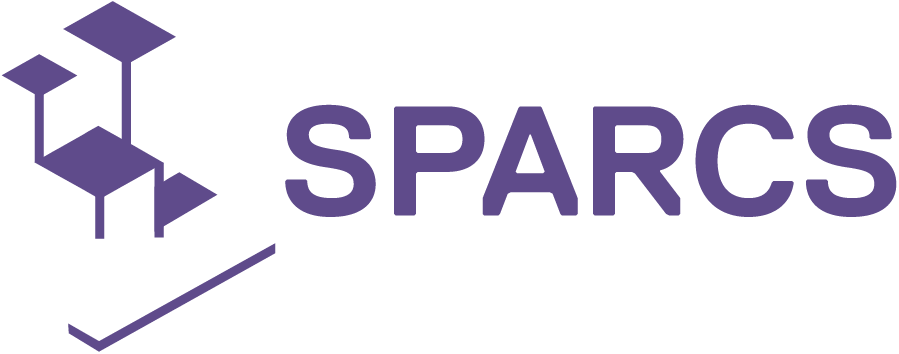Finnish radio show highlights SPARCS vision for sustainable urban living
In a recent feature on Finland’s Basso radio station, journalists from the popular show “Hikinen Iltapäivä” delved into the transformative developments taking place in the Kera district of Espoo, a project spearheaded by SPARCS. The segment highlighted Kera as a model of circular economy and sustainability, setting new standards in urban development.
Located just five minutes from Leppävaara and approximately fifteen minutes from both central Espoo and central Helsinki, Kera is being revitalised from an old industrial and logistics hub into a vibrant, eco-friendly urban centre. The district, which will eventually house 14,000 residents, is designed to promote walking and cycling, reinforcing its commitment to sustainability and low-carbon living. The development of the area towards sustainability is guided by the Kera development commitment. The construction of the new Kera began in early 2024.
Circular economy in action
Kera is at the forefront of testing and developing solutions that support a carbon-neutral circular economy. The district’s transformation is marked by innovative use of existing structures, such as the repurposing of the former Inex logistics centre, Keran Hallit. This space has become a cultural and social hotspot, hosting events, street art, exercise facilities, and urban agriculture initiatives, including lettuce farming and broad bean cultivation.
The SPARCS project in Kera aims to create a living, breathing example of how cities can evolve sustainably. The development includes emission-free energy solutions, low-carbon construction methods, green public spaces, and communal living environments.
Looking to the future
As construction progresses, Kera continues to serve as a live laboratory for sustainable urban living. The integration of shops, educational institutions, recreational facilities, and other amenities ensures that Kera is not only environmentally friendly but also a convenient and enjoyable place to live. The district’s evolution embodies the goals of the SPARCS project, demonstrating how sustainable development can be achieved through innovative thinking and collaborative efforts.
This feature on Basso radio underscores the potential of Kera as an example sustainable urban development, highlighting the tangible impacts of the SPARCS project in shaping the future of urban living.


